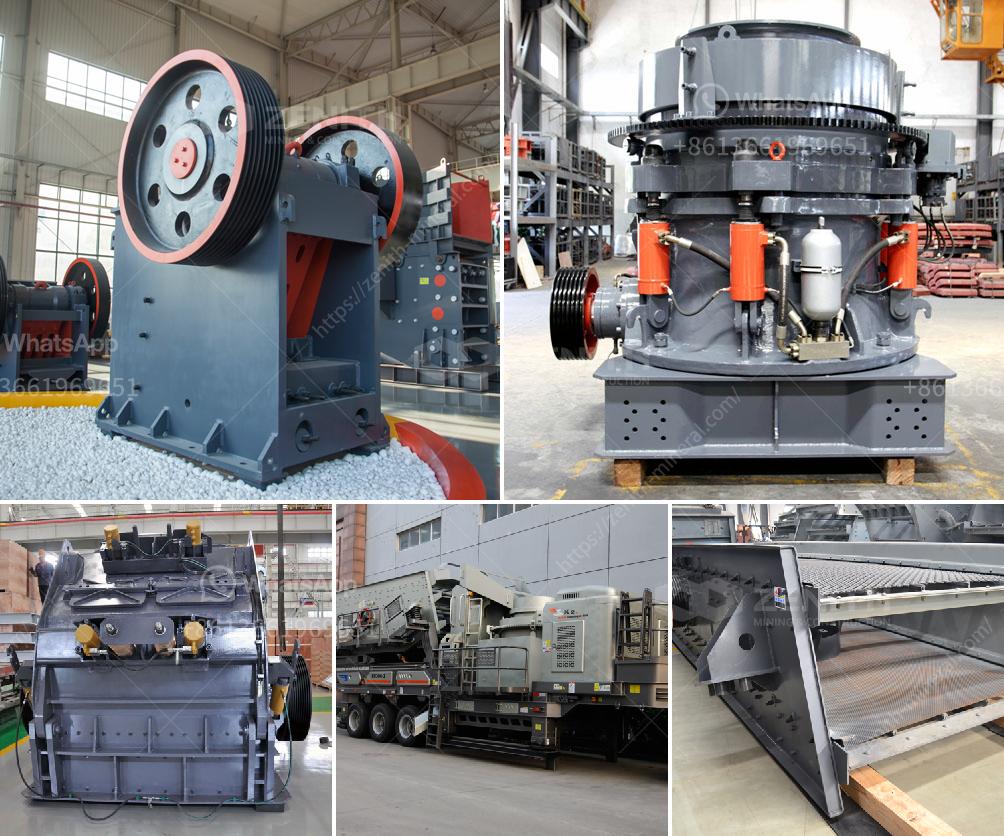Artificially making concrete sand involves the process of crushing various rocks and minerals into small, sand-sized particles. Here's a step-by-step guide to producing artificial concrete sand:
Selection of Raw Materials: Choose suitable raw materials such as granite, basalt, limestone, or quartz. These materials are commonly used because of their hardness and durability.
Crushing: Use a jaw crusher or a cone crusher to break down large rocks into smaller pieces. This initial step reduces the raw materials into manageable sizes.
Further Crushing: Utilize a vertical shaft impact (VSI) crusher or another type of high-efficiency crushing equipment to further crush the material into finer particles resembling natural sand.
Screening: Pass the crushed material through a series of vibrating screens to separate sand-sized particles from coarser aggregates. Typically, sand ranges from 0.075 to 4.75 millimeters in size.
Washing: Wash the screened material to remove any dust, clay, and other impurities. This can be done using a sand washing machine or a similar device.
Drying: If needed, dry the washed sand using a drying machine or by natural methods, depending on the climate and available resources.
Quality Control: Ensure the artificial sand meets the required standards for concrete production. Test parameters such as grain size distribution, shape, and strength should conform to industry specifications like ASTM or ISO.
Storage: Store the artificial sand in a clean, dry environment to prevent contamination. Use covered silos, bins, or other types of storage facilities.
Distribution: Once ready, the artificial concrete sand can be transported to construction sites or concrete production plants for use in making concrete.
By following these steps, you can produce high-quality artificial sand suitable for concrete making, thereby reducing the reliance on natural sand resources and supporting sustainable construction practices.
